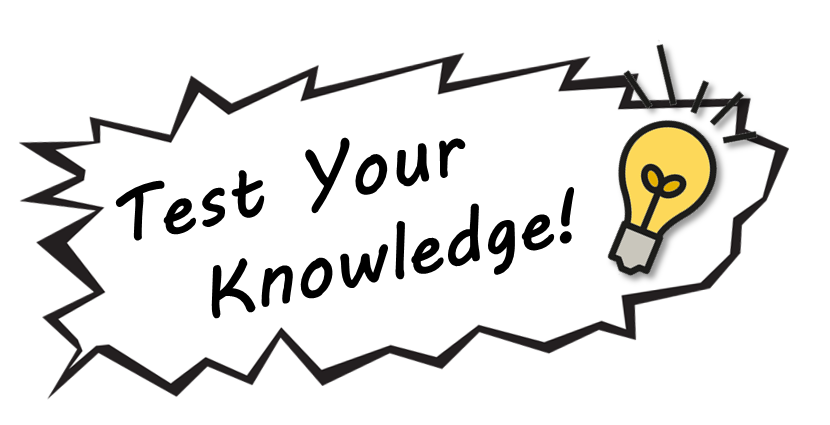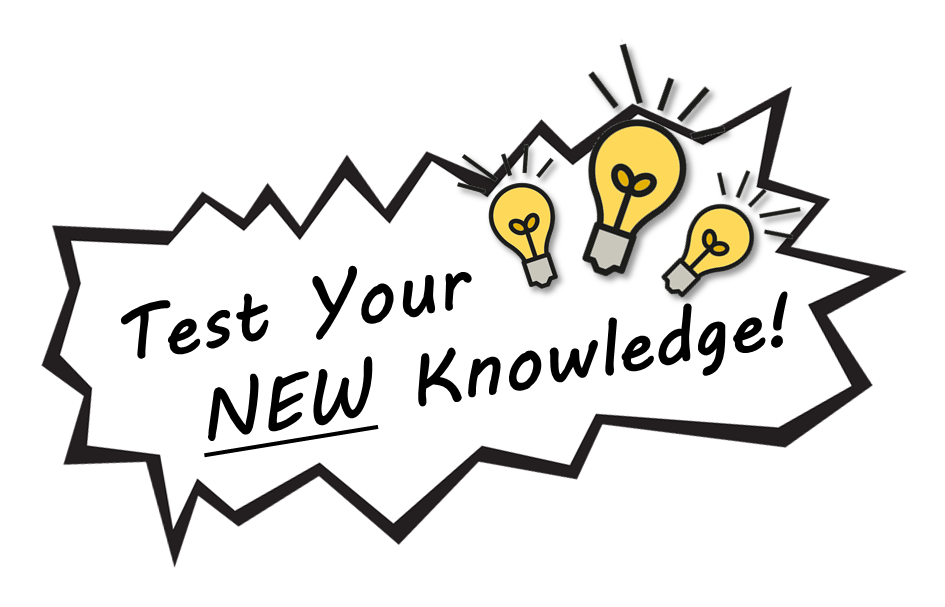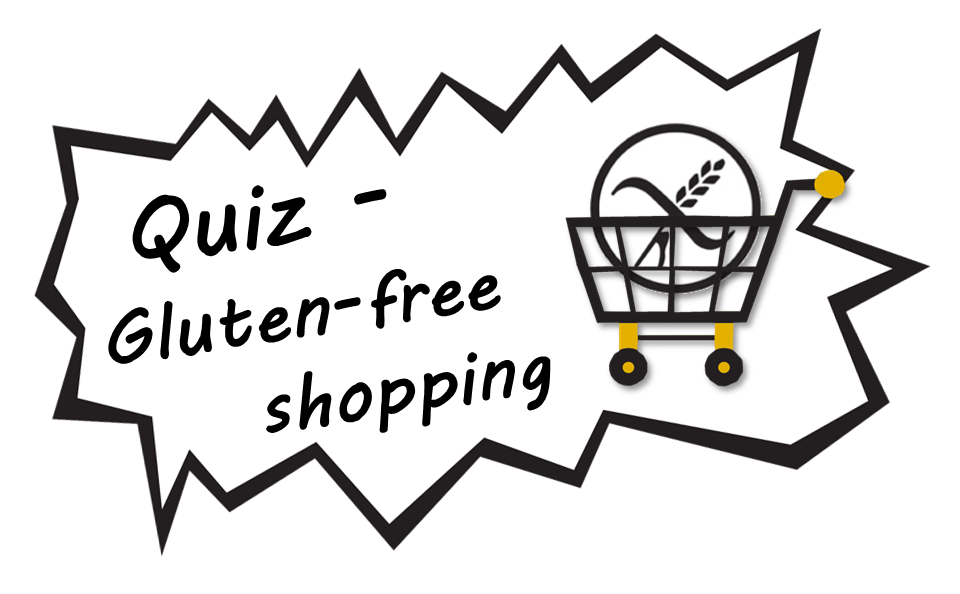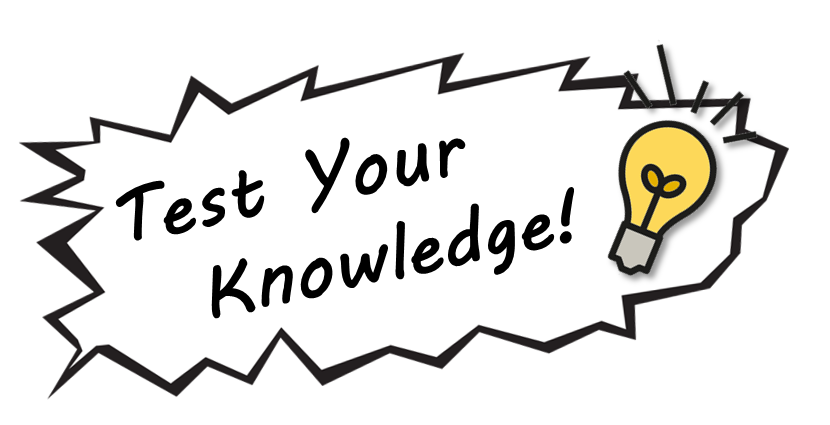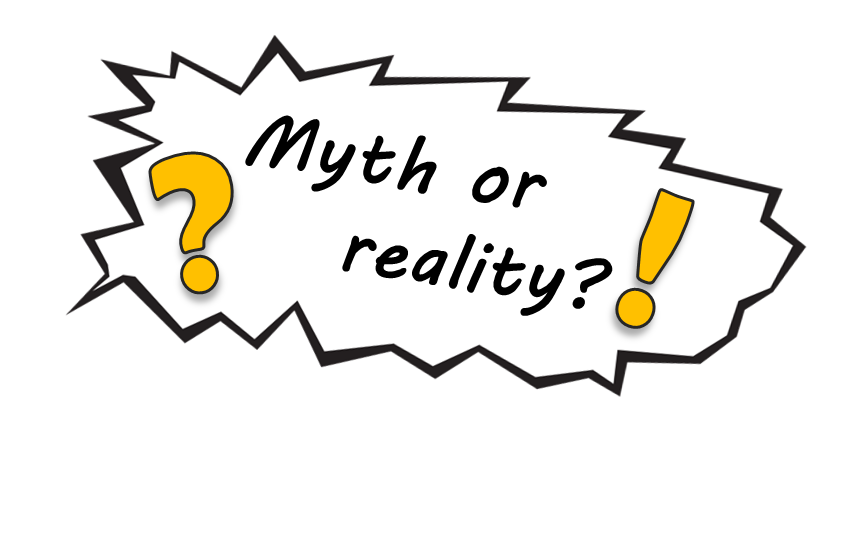Welcome to the Online Course
"Celiac Facts for Patients"
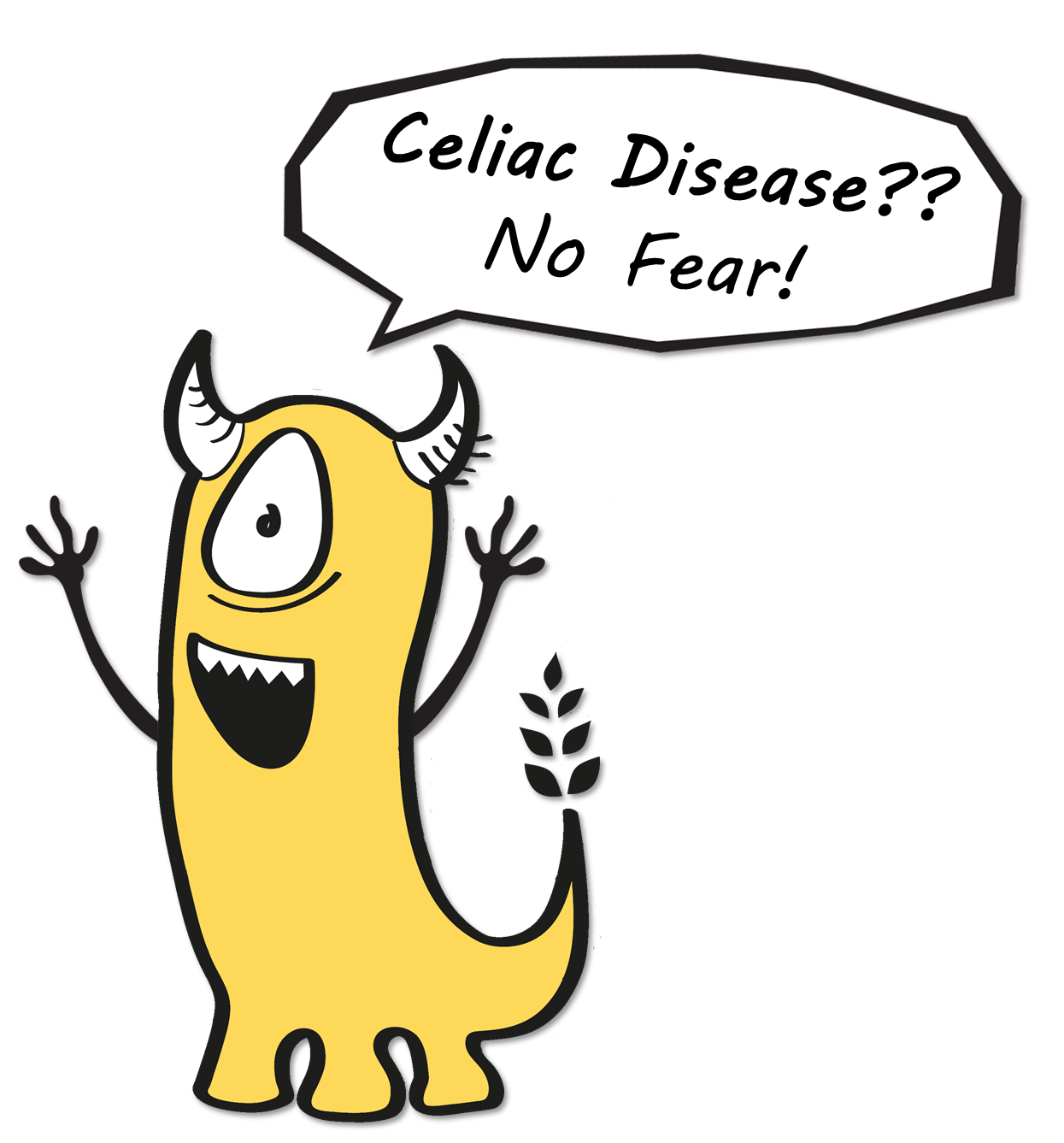
You may have accessed this e-learning because you (or your child) have been diagnosed by celiac disease. Or maybe a close relative, friend or colleague told you about her or his celiac condition recently. The following units of this e-module aim at giving you the most important information on celiac disease, including its diagnosis, treatment and impacts on daily life. The better one knows about the disease, the easier it will become to keep the gluten-free diet and to accept it. Moreover, it is very important not to only rely on healthcare professionals, but to be actively involved when it comes to the prevention of long-term health consequences and monitoring of celiac disease. Always keep in mind: as long as you keep the gluten-free diet, you can live a healthy life!
This video gives you a first overview of the topics that will be covered in more detail in the following units:
And now - let's get started
This module contains four separate units which can be worked through in your preferred order. For the best understanding of the topic, we recommend to follow the units in the proposed sequence.
Please click here to see an overview of the contents of this online course






